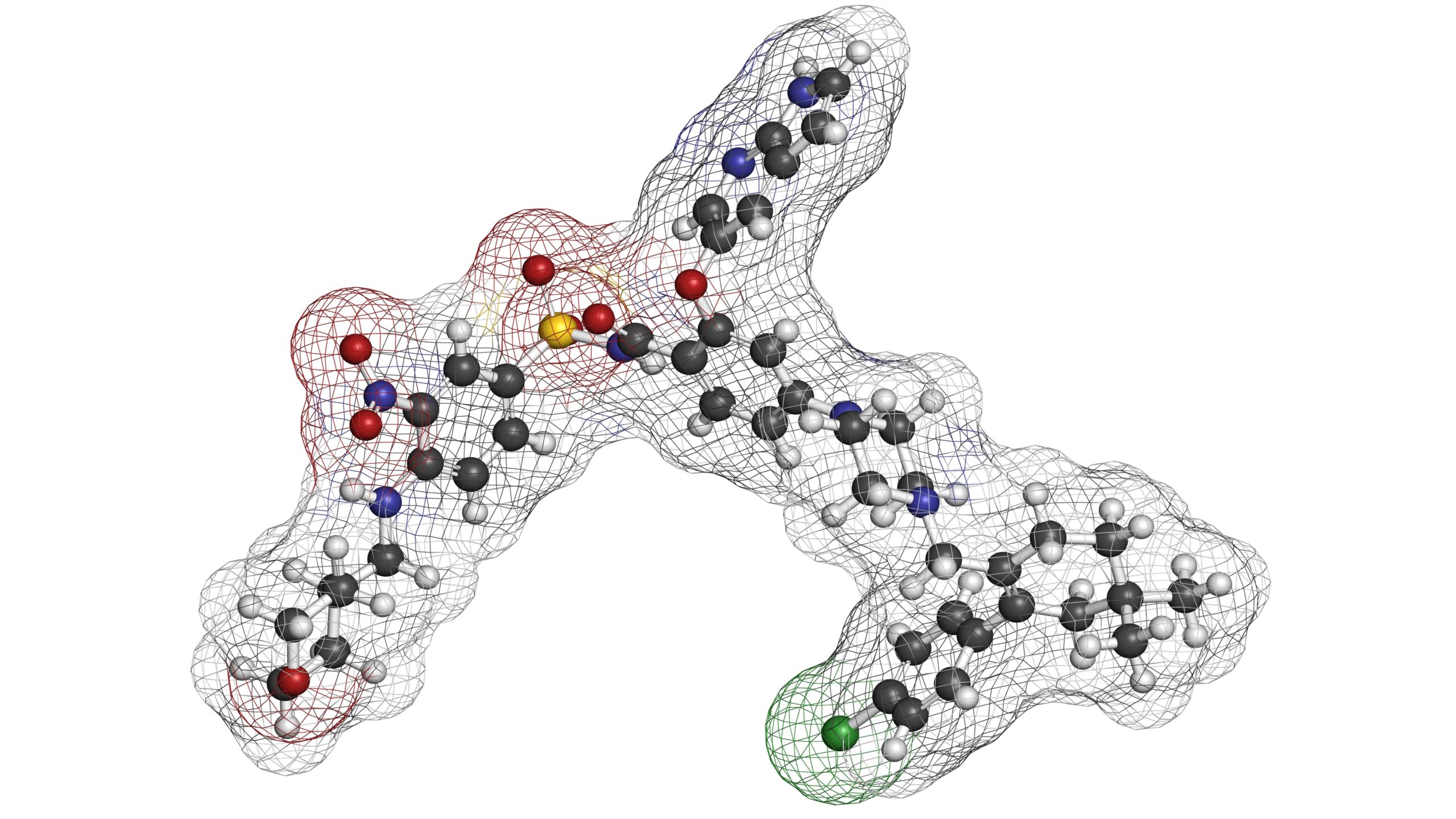
Patients with chronic lymphocytic leukemia (CLL) who developed Richter transformation (RT) had improved outcomes when treated with venetoclax-based treatment regimens, reported a retrospective analysis published in Blood Advances.
“In this difficult-to-treat RT patient population, venetoclax-based combination regimens achieved high response rates, with durable remission and survival observed in a subset of patients,” wrote the study’s lead author, Paul Hampel, MD, of the Mayo Clinic in Rochester, Minnesota.
The multicenter retrospective study enrolled 62 patients who received venetoclax with a Bruton’s tyrosine kinase (BTK) inhibitor (n=28), R-CHOP (n=13), or other intensive chemoimmunotherapy regimen (n=21) outside of a clinical trial.
According to the authors, the best overall response rate (ORR) and complete response (CR) rate per venetoclax combination were as follows.
| Regimen | BTK Inhibitor | R-CHOP | Other Intensive Chemoimmunotherapy |
| ORR | 36% | 54% | 62% |
| CR | 25% | 46% | 38% |
The median estimated rates of progression-free survival (PFS) and overall survival (OS) were as follows.
| Regimen | BTK Inhibitor | R-CHOP | Other Intensive Chemoimmunotherapy |
| PFS | 4.9 months | 14.9 months | 3.3 months |
| OS | 14.3 months | Not reached | 9 months |
The researchers noted that patients with CLL with deletion 17p had a lower CR rate both in the overall cohort (odds ratio [OR], 0.15; 95% CI, 0.04-0.6; P=.01) and the venetoclax-naïve subgroup (OR, 0.13; 95% CI, 0.02-0.66; P=.01). Patients with TP53-mutated CLL had a lower CR rate (OR, 0.15; 95% C I, 0.03-0.74; P=.02) and reduced PFS (hazard ratio, 3.1; 95% CI, 1.21-7.95; P=.02) only in the venetoclax-naïve subgroup.
The study did not identify any other clinical or baseline characteristics that were significantly associated with patient outcomes, including prior venetoclax exposure.
For safety outcomes, grade 3-4 neutropenia and thrombocytopenia events were most commonly observed with venetoclax plus intensive chemoimmunotherapy regimens, while rates of grade 3-4 infections were similar across treatment groups.
Reference
Hampel PJ, Swaminathan M, Rogers KA, et al. A multicenter study of venetoclax-based treatment for patients with Richter transformation of chronic lymphocytic leukemia. Blood Adv. 2024. doi:10.1182/bloodadvances.2023012080






 © 2025 Mashup Media, LLC, a Formedics Property. All Rights Reserved.
© 2025 Mashup Media, LLC, a Formedics Property. All Rights Reserved.